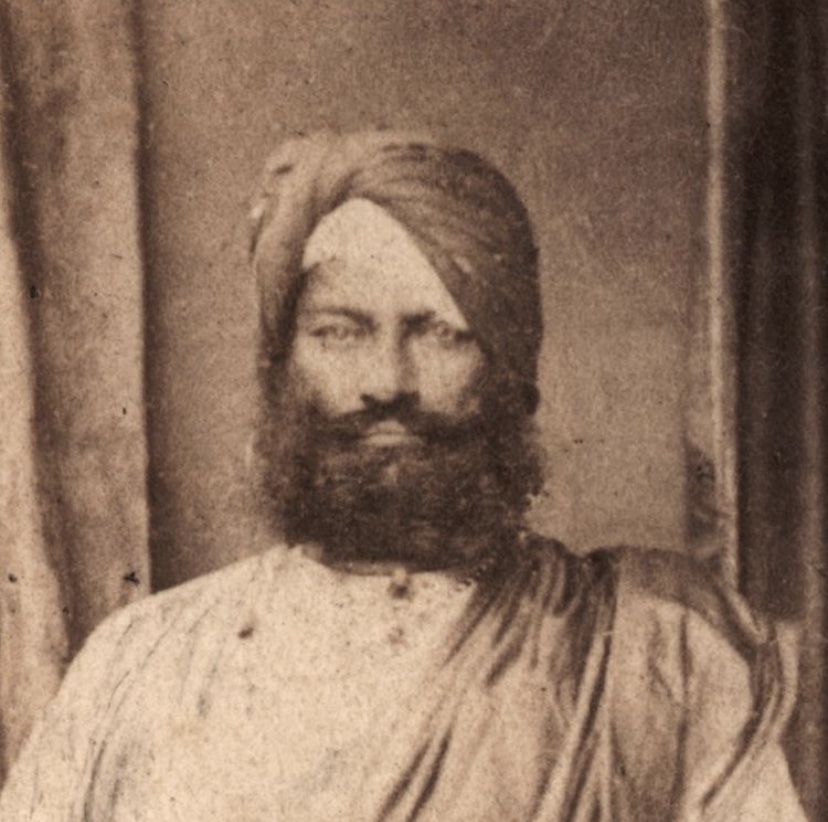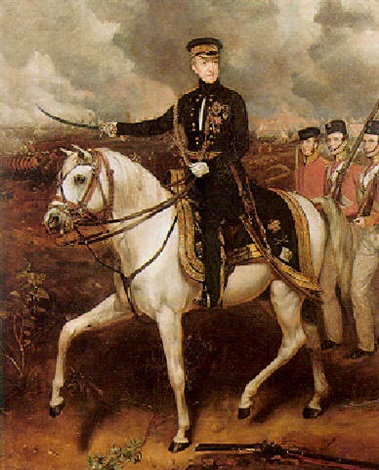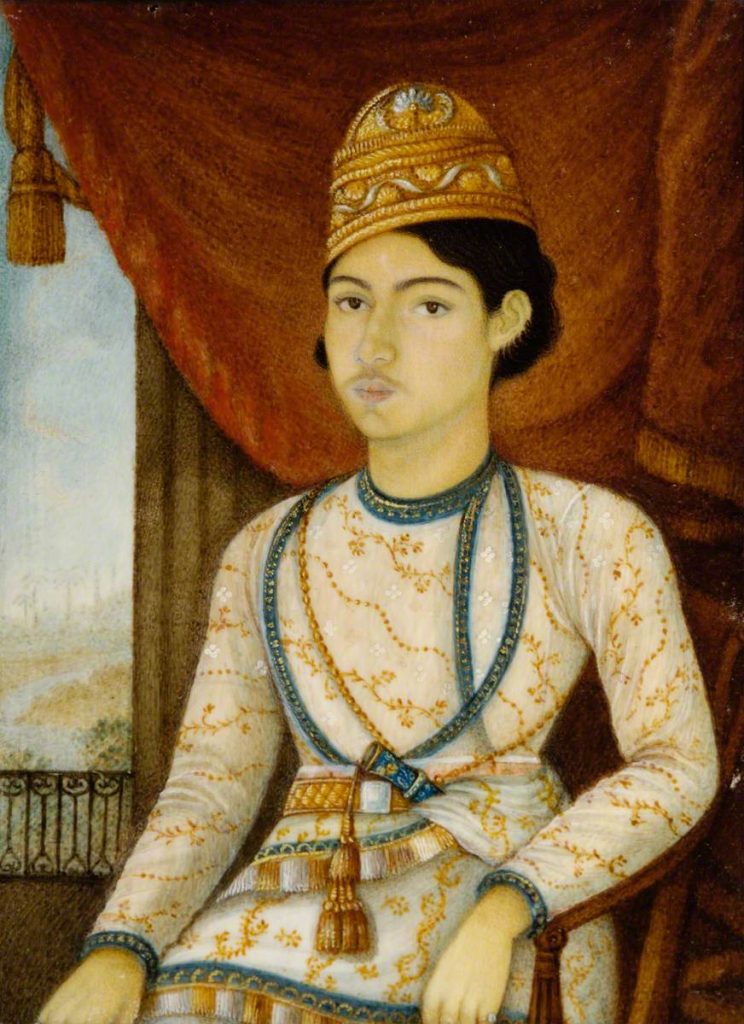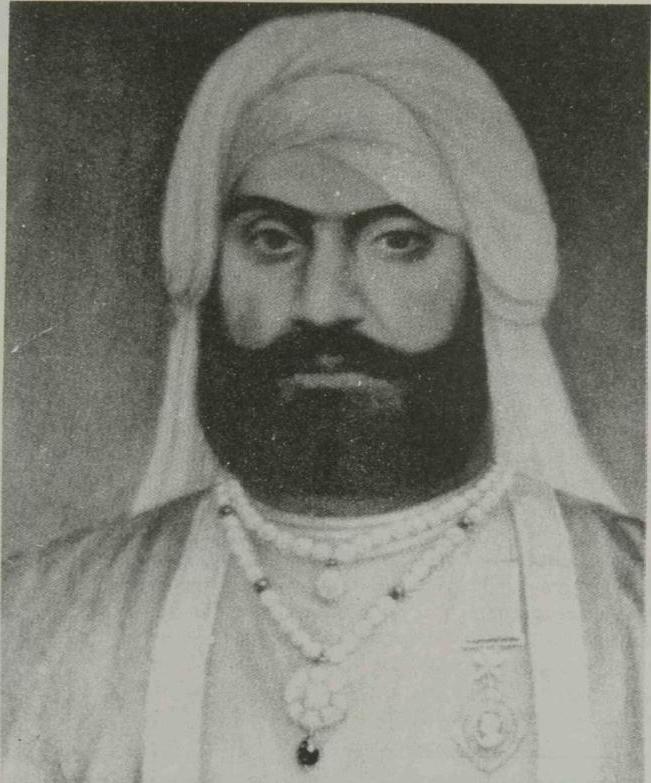FIVE YEARS IN INDIA, by Henry Edward Fane, aide-de-camp to his uncle, General Sir Henry Fane, commander-in-chief of the army of the East India Company during late 1830`s, is "a narrative of [the author`s] travels in the Presidency of Bengal, a visit to the court of Runjeet Singh, a residence in the Himalayan mountains, an account of the late expedition to Cabul and Afghanistan, voyage down the Indus, and journey overland to England." Fane had kept an immaculate journal of his travels from the time his regiment got orders to move to Ceylon in June/ July 1835, till he arrived at Falmouth, England, in April 1840.His actual stay in India was of three and a half years, from August 1836, when he arrived at Calcutta, to the end of 1839, when he commenced his journey homeward. The travelogue was published in two volumes, under one cover, by Henry Colburn, London, in 1842.
FORD, MATTHEW WILLIAM (d. 1841), an Englishman who started his career in 1804 as an ensign in a West India regiment. He successively served with the 7th Foot, the 70th Foot, the 1st Royal Scots and the 22nd Light Dragoons. In 1823, he was appointed paymaster to the 16th Foot. While stationed at Karnal in 1837, he embezzled large sums of money and deserted the British troops. He came to Lahore towards the end of the year and joined the Sikh army as a battalion commander on Rs 800 per month, later commuted for jagir of three villages near Rawalpindi.
FOULKES, R. (d. 1841), an Englishman, who joined Maharaja Ranjit Sihgh`s cavalry in February 1836. He remained attached to General Ventura as aide-de-camp, and accompanied him on his expedition to Mandi in 1840. On file conclusion of the campaign, he was left in charge of the Sikh troops stationed at Mandi. However, his troops mutineed in March 1841, and assassinated him.
Discover the intriguing history of Jaspat Rai, a pivotal figure in Punjab's past during Mughal rule, and his dramatic clash with Sikhs in 1746.
Discover the legacy of Lal Singh Moranvala, a key figure in Sikh military history, known for his roles in major battles and leadership during the 1840s.
Discover Littler's role as a garrison commander at Firozpur during the First Anglo-Sikh War. Learn about his strategic maneuvers and military career.
Explore the impactful military career of Mahitab Singh Majithia, a key General in the Sikh army and pivotal figure in historical campaigns.
NIDHAN SINGH PANJHATTHA (d. 1839), soldier, minor commander and jdgirddr under Maharaja Ranjit Singh. He acquired the epithet Parijhattha, the "five handed," for his gallantry in the battle of Ten hill (1823). He singlehanded made five Pathans prisoners and captured their weapons. This act of valour earned him the title of Panjhatthd. In every battle, Nidhan Singh was among the first to advance and the last to retreat, and his body was covered all over with the marks of his courage. His great grand father, Dulcha Singh, had been in the service of Raja Ranjit Deo of Jammu, and his grandfather, Ram Dat Singh, is said to have served the Sukkarchakkia family under Mahari Singh.
Explore the tumultuous interactions between the Sikhs and Nawab of Oudh amid alliances, raids, and British influence in this historical narrative.
Explore the legacy of Surat Singh Majithia, a Sikh commander who played a pivotal role in the Anglo-Sikh wars and was honored with the title of Raja.
- 1
- 2






